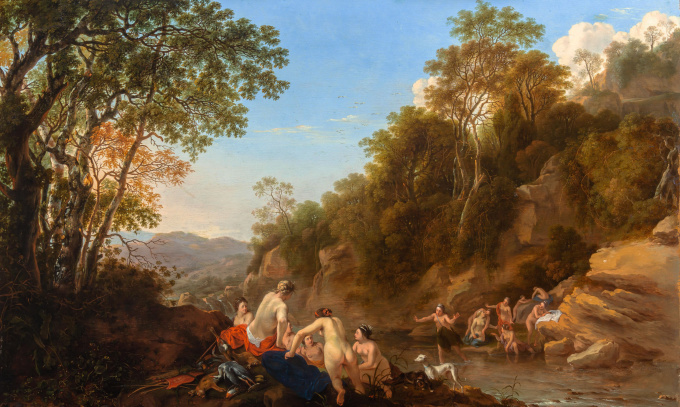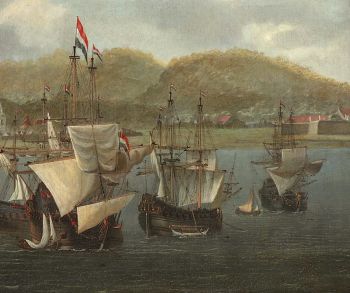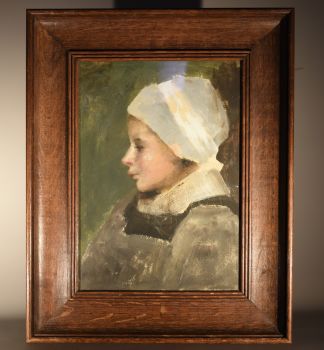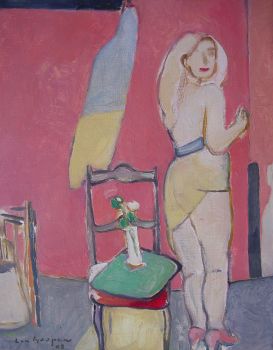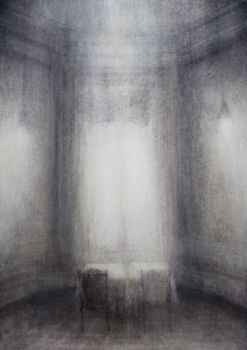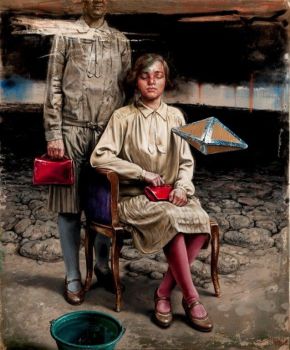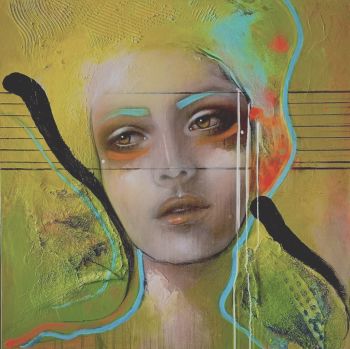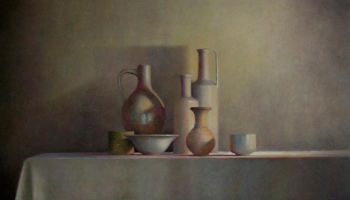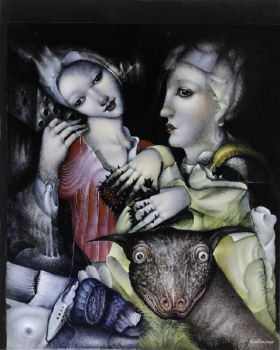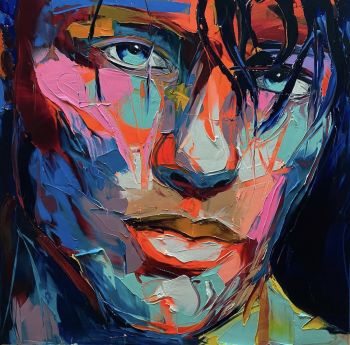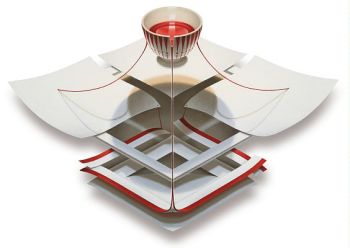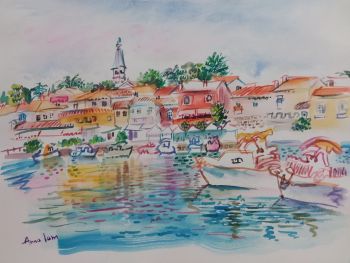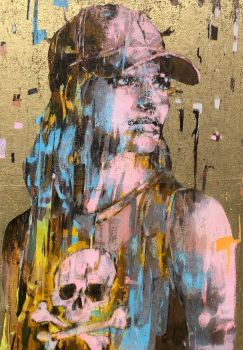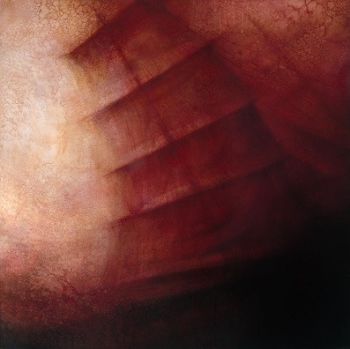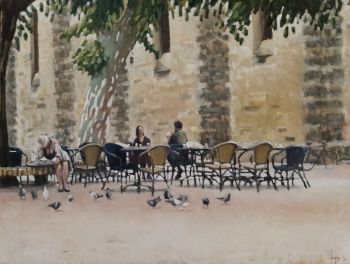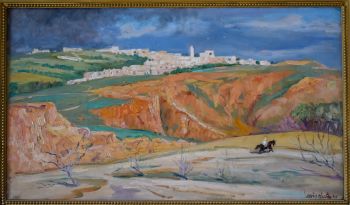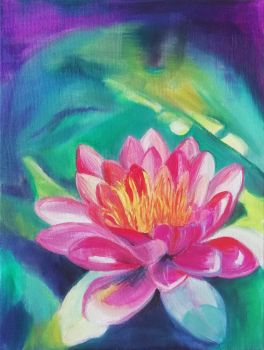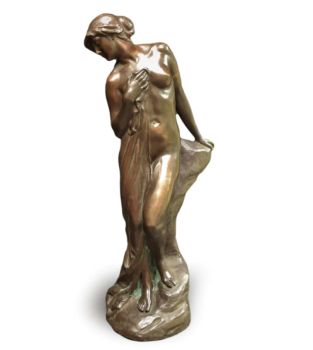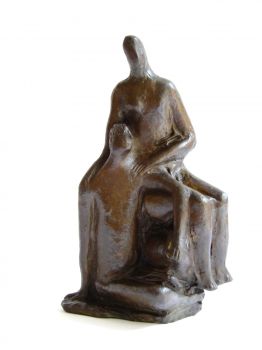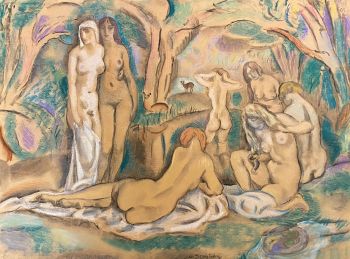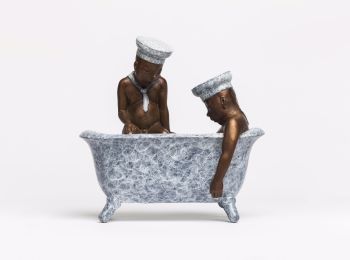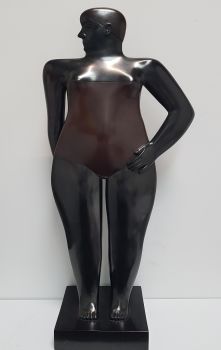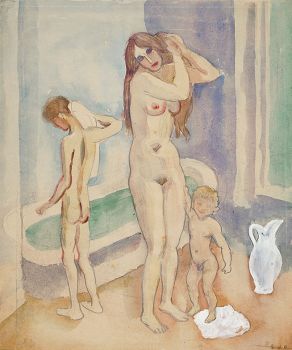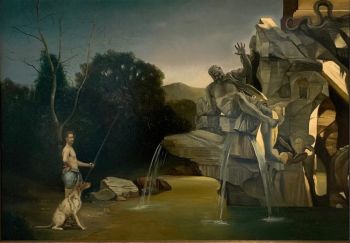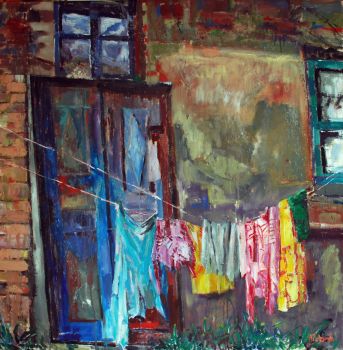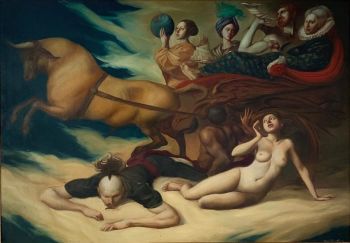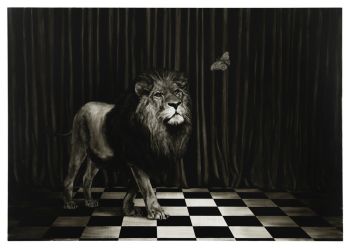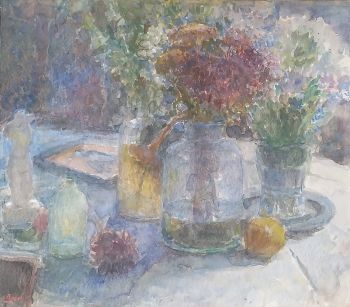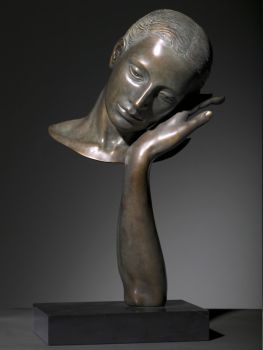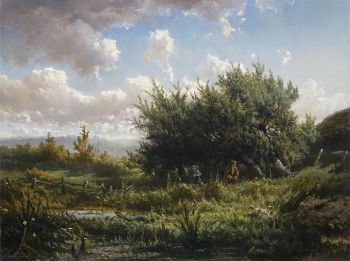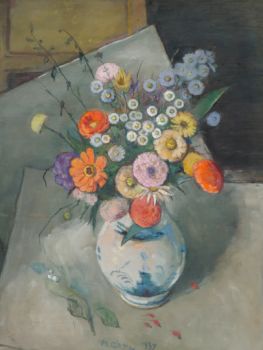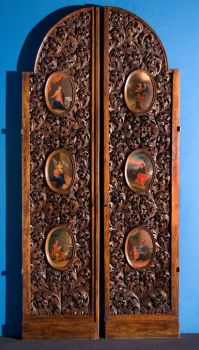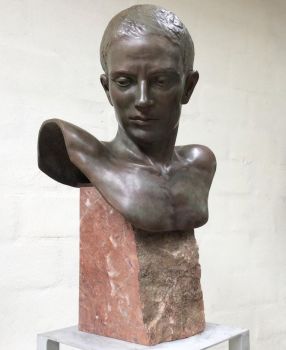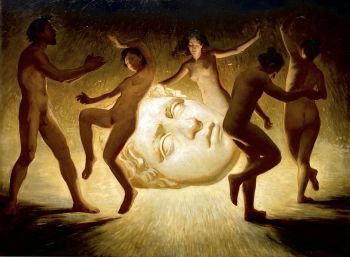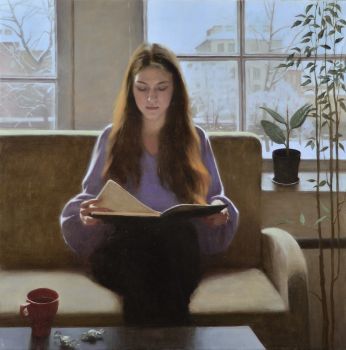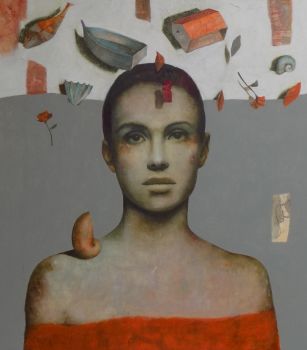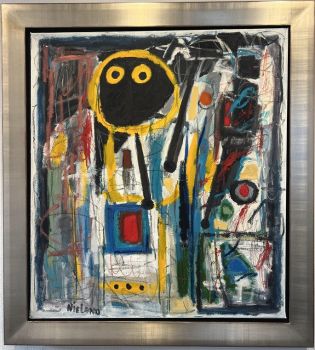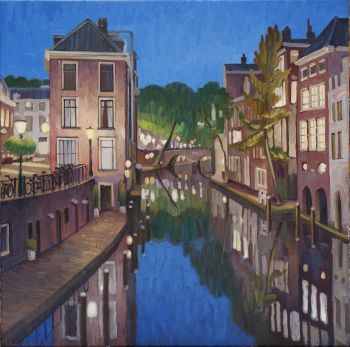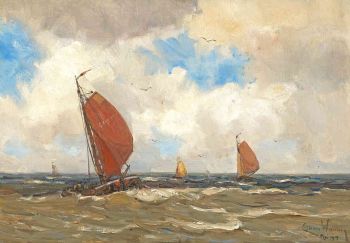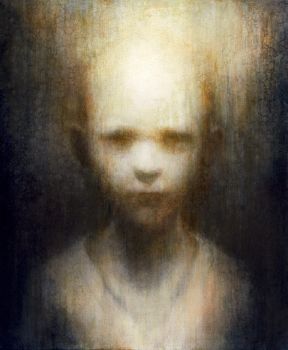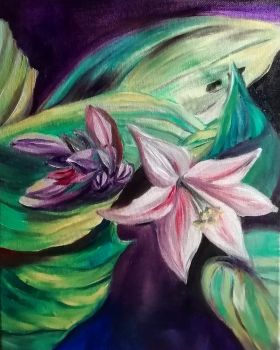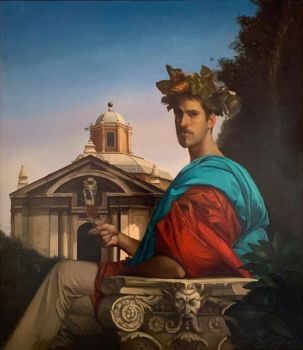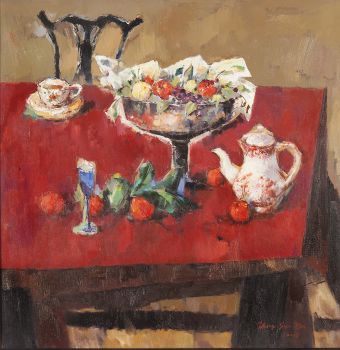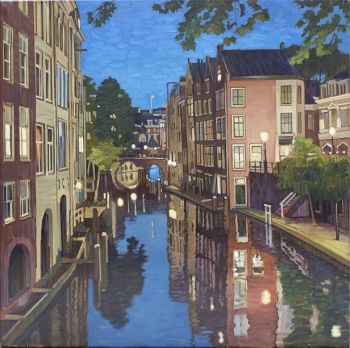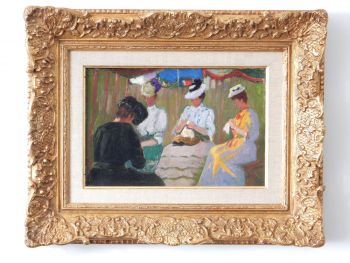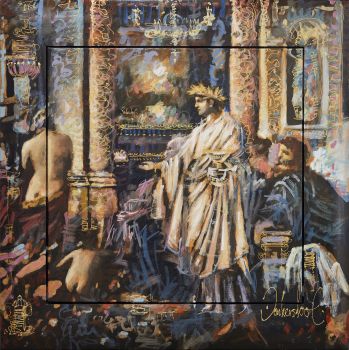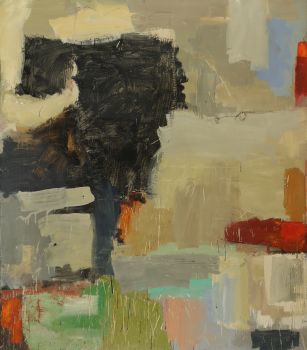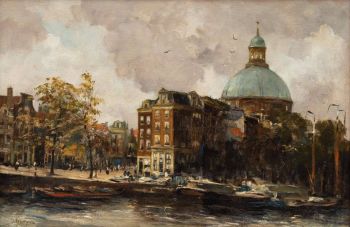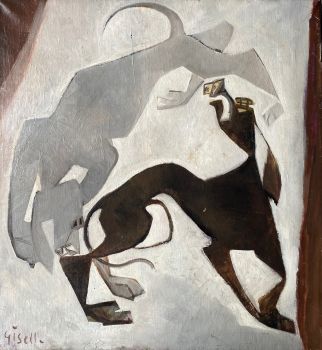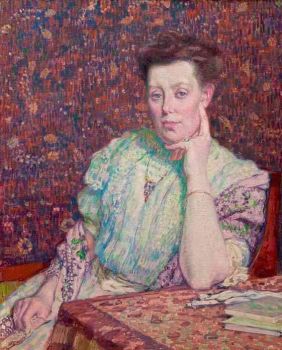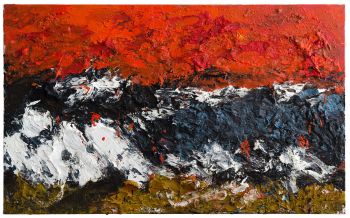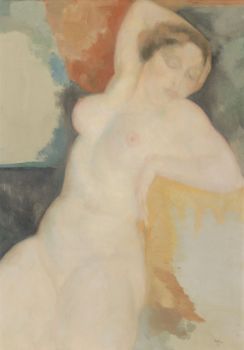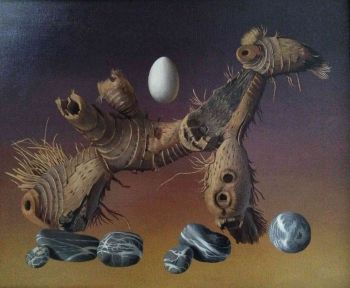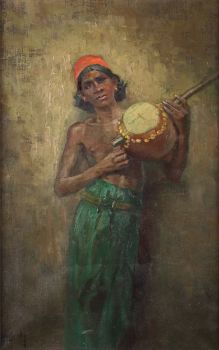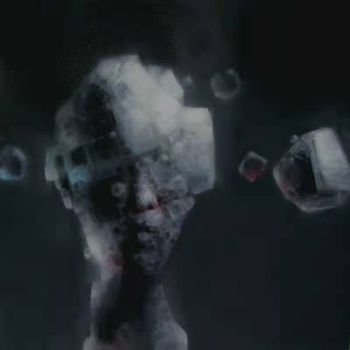Diana Discovering the Pregnancy of Callisto 1642
Dirck van der Lisse
Origineel olieverf op doek
42.30 ⨯ 69.50 cm
ConditionExcellent
Momenteel niet beschikbaar via Gallerease
- Over kunstwerkDiana, the goddess of the Hunt, is seated with her back to the viewer on her white chemise and a red drapery. She is surrounded by her retinue of nymphs. The harvest of hours of hunting is lying near her,along with hunting gear. More nymphs bathe on the other side of the brook. It is a sunny day and the sky is azure blue
Van der Lisse often depicted the story told among others by Ovid in his Metamorphoses of the hunter Acteaon who accidentally discovered the naked Diana and her female companions as they were bathing on Mount Cithaeron. To punish him she transformed him into a stag and next he was pursued and killed by his fifty hounds. There is no Actaeon to be discerned in our painting but it does seem the artist is implicitly referring to this widely known and often-depicted tale by putting the viewer in the role of voyeur and making him an Actaeon.
On closer inspection it emerges that Van der Lisse is staging another story here. One of the nymphs on the opposite bank gets special attention from the others and she tries in vain to cover her belly with a piece of cloth. One nymph rushes across the stream towards Diana, as if she has an urgent message. The story as related, again, by Ovid of the nymph Callisto who was seduced by Jupiter in the guise of Diana, became pregnant and was expelled by the enraged Diana, since she only allowed virgins as her companions.
The moral lesson conveyed by the depiction of the stories of Actaeon and Callisto were the same, as Eric Jan Sluijter points out: ‘They were examples of youths who succumbed to the temptations of the senses and consequently were ruined’. Both Actaeon and Callisto fell in disgrace. The former because he allowed his eyes to see Diana naked, the latter because she foolishly allowed her Jupiter to deceive her.
Signed with ligated monogram bottom left: “DL” - Over kunstenaar
Van der Lisse moved to Utrecht in 1626, where he was apprenticed to Cornelis van Poelenburch. Around 1635, together with Van Poelenburch and two other painters, he was commissioned by Prince Frederik Hendrik to paint for the Honselaarsdijk House.
Between 1635 and 1640 he lived alternately in Utrecht and The Hague, until he settled permanently in The Hague again. He became a member of the Guild of St Luke in The Hague in 1644. He was also active as an alderman in the administration of the city. In 1656, Van der Lisse was involved in the establishment of the artists' society Confrerie Pictura. Initially, he mainly painted Italianate landscapes, in which mythological figures regularly played a role. In his later life he painted more portraits. From 1659 until his death he was mayor of The Hague several times.
Artwork details
Related artworks
Onbekende Kunstenaar
A Surinam-themed Amsterdam long-case clock1746 - 1756
Prijs op aanvraagZebregs & Röell - Fine Art - Antiques
 Gecureerd door
Gecureerd doorGallerease Magazine
Onbekende Kunstenaar
Een Gotische zuidelijke Nederlanden wandklok1580 - 1590
Prijs op aanvraagNico van den Assem restauratie
 Gecureerd door
Gecureerd doorDanny Bree
 Gecureerd door
Gecureerd doorDanny Bree
Onbekende Kunstenaar
A Surinam-themed Amsterdam long-case clock1746 - 1756
Prijs op aanvraagZebregs & Röell - Fine Art - Antiques
 Gecureerd door
Gecureerd doorGallerease Magazine
1 - 4 / 24- 1 - 4 / 24
Jan Sluijters
Moeder met twee kinderen in badkamer1900 - 1950
Prijs op aanvraagStudio 2000 Art Gallery
1 - 4 / 24HUGO VILFRED VON PEDERSEN
Gadesanger fra Singapore (Musician from Singapore)1870 - 1959
Prijs op aanvraagZebregs & Röell - Fine Art - Antiques
1 - 4 / 24

